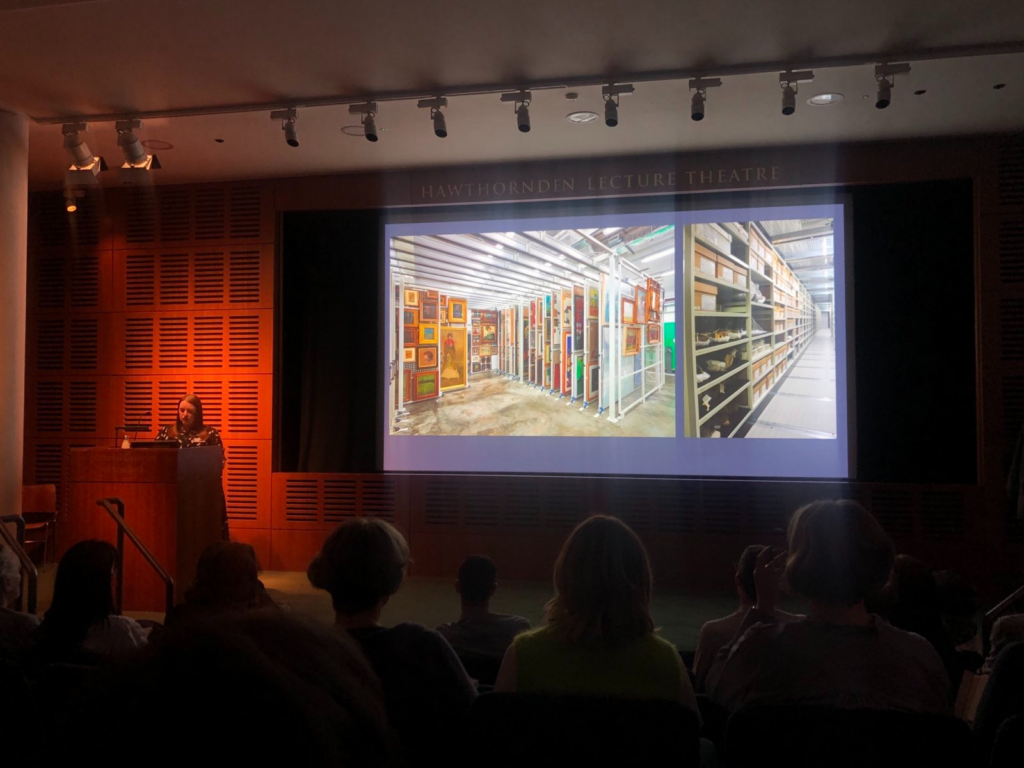
Grace Hailstone: UKRG Edinburgh 18 May Blog post
Lizzie discussed the collections management problems faced with a university research collection comprising of 1.5 million objects, ranging in categories from earth sciences to the decorative arts. The historic collection founded in 1873 is constantly used for teaching across many different sites with multiple storage venues in varying states of disrepair, with unpredictable access problems. Many objects were uncatalogued or even un-accessioned before the project to improve conditions began. Curators and academics historically had been responsible for the documentation of teaching loans, before a collections management team was introduced in 2010, resulting in a fair amount of data inconsistency across records management databases. These factors presented many obstacles for collections managers in keeping an oversight of the collection, managing its movements, locations and storage conditions.
A brand-new collections storage facility and study centre was built to consolidate sites in more suitable conditions, which included a central space in which to facilitate research appointments. During the enormous project of moving the collection, a new barcode system was introduced to help manage location movements. Using Sapphire, an add-on software to Emu, objects can now be scanned using mobile devices and their location logged digitally, in real time. Shelves have a code for their locations and each object is marked or labelled with its own unique code, linking it back to the database and its location.
The software links to and updates the CMS, and users have the option to add important information to the record such as handling and care requirements, so that this information is readily available for each research appointment. Catalogue information is therefore generated while objects are being used, e.g. location history, who accessed the object and for what purpose or course, which saves time and manual input from individuals. A major advantage of this new system is that the data collected can be used as an output to quantify the usage of the collection and export statistics to graphs and other visual aids. These reports can then be put to board members or senior management, to justify costs, and exemplify the impact and accessibility of the collection. It will show which parts of the collection may be referenced more than others or help align future plans, development and funding. All in all, the new centre and system enable stricter collections management controls and better collections care, while increasing accessibility.



 Instagram
Instagram  LinkedIn
LinkedIn  Twitter
Twitter  My Account
My Account